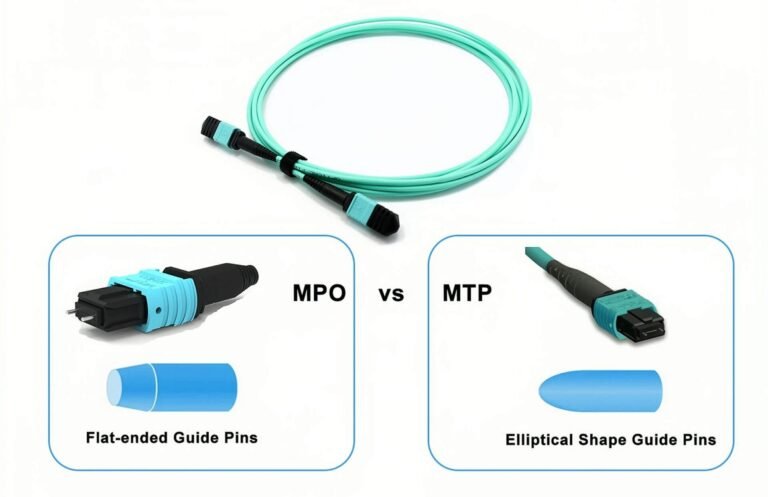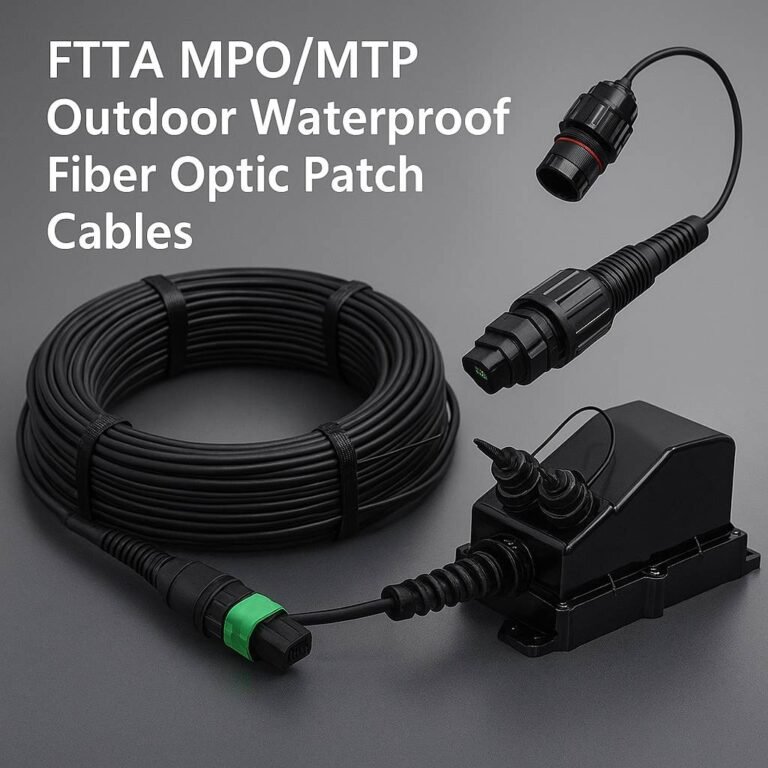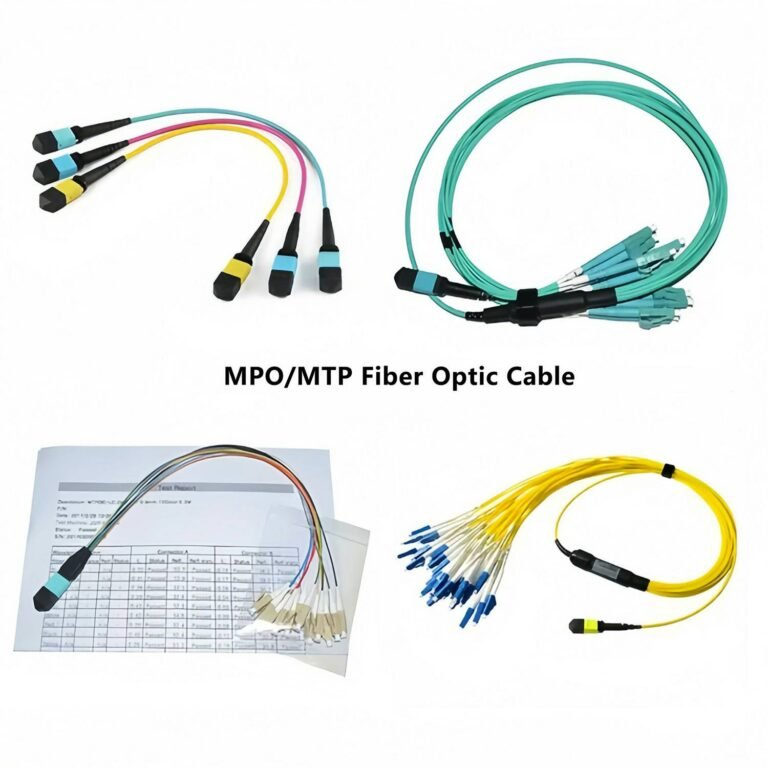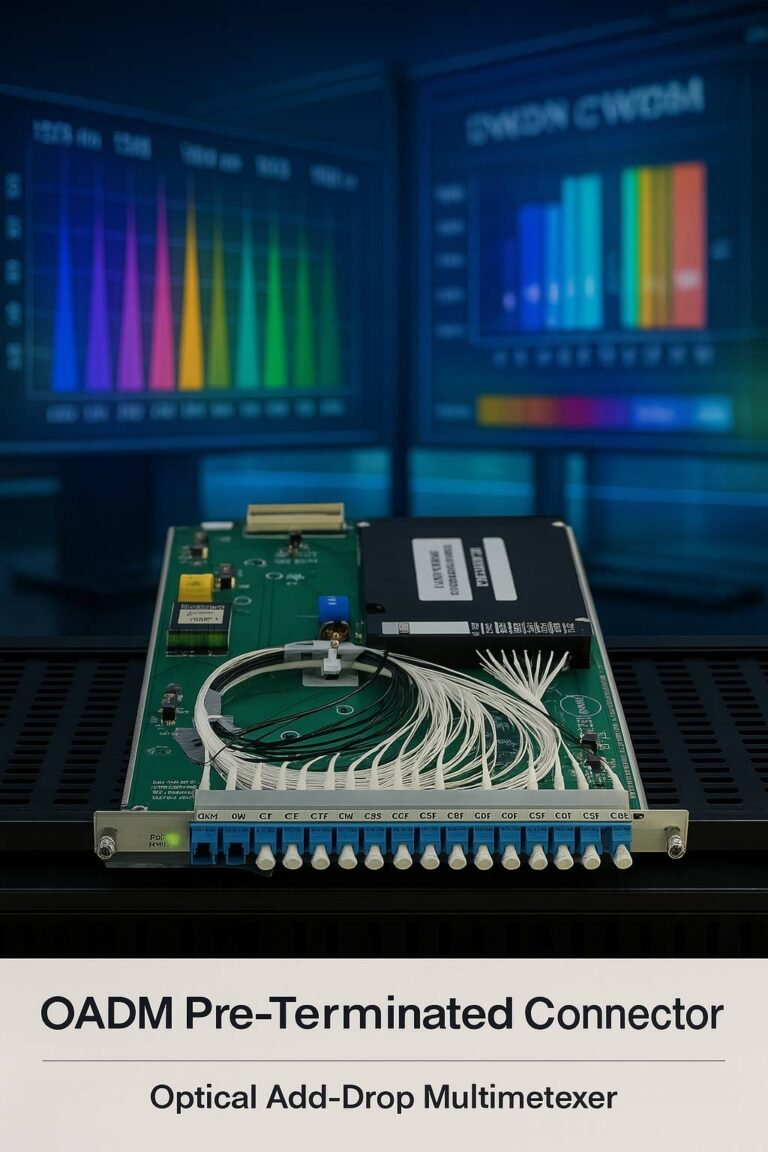What is Structured Cabling and Why is it Essential for Data Networks?
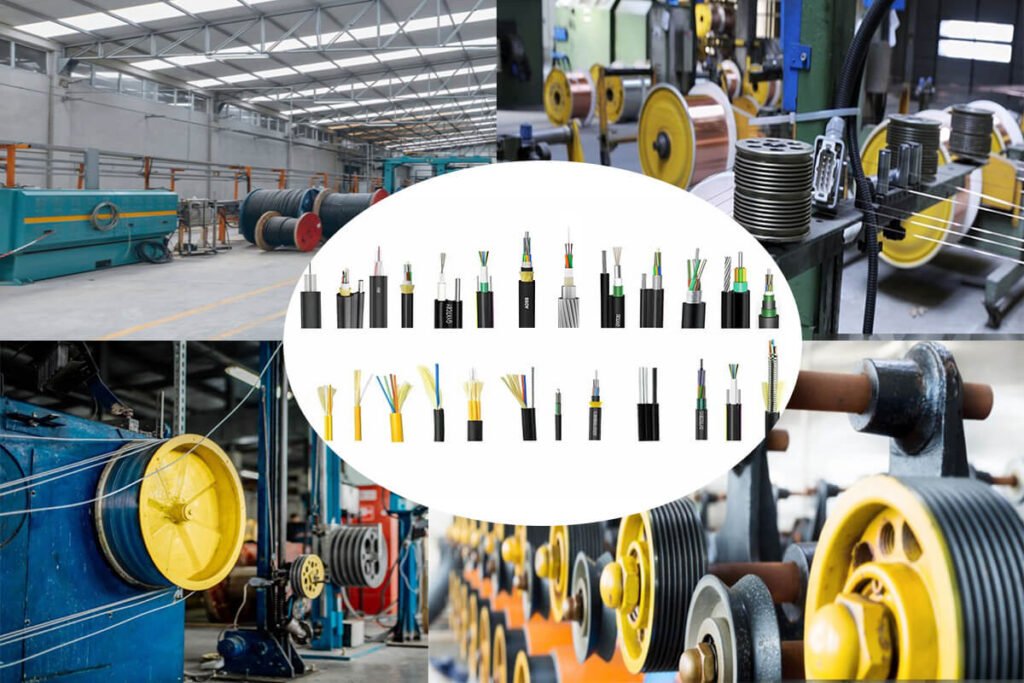
In today's fast-paced digital world, a robust data network is crucial. After years in the industry, I’ve seen firsthand how disorganized cable installations can lead to constant headaches. Structured cabling offers a proven solution by organizing your network infrastructure methodically.
Structured cabling is a standardized approach to designing and installing a versatile telecommunications system. It involves components such as cables, connectors, patch panels, and entry facilities, which together create an organized and efficient network for data, voice, and video transmission.
Transition paragraph: Picture walking into a data center where every cable is neatly arranged and clearly labeled. Troubleshooting becomes simple and upgrades are hassle-free. That is the power of structured cabling—it not only streamlines network management but also prepares your infrastructure for future growth.
How Does Structured Cabling Work?
At its core, structured cabling creates a unified system that integrates various cable types and components according to established standards. These standards, such as those set by ANSI/TIA/EIA, ensure high performance and compatibility across the network.
By using a hierarchical design that includes horizontal and vertical cabling, patch panels, and connectors, structured cabling ensures an organized and flexible infrastructure for seamless data transmission.
Let’s break down the main components:
Horizontal Cabling
Horizontal cabling connects telecommunications outlets to patch panels on the same floor. This system simplifies maintenance and upgrades, ensuring that any change or repair is straightforward.
Vertical or Backbone Cabling
Vertical cabling, often referred to as backbone cabling, links telecommunications rooms between different floors or buildings. It serves as the central highway for high-speed data transfer.
| Component | Function |
|---|---|
| Horizontal Cabling | Connects outlets to patch panels on the same floor |
| Vertical Cabling | Links different floors or buildings |
| Patch Panels | Organizes and manages cable connections |
| Connectors & Outlets | Interface for connecting devices |
| Entry Facilities | Manages the transition of external telecom services |
Key Components of a Structured Cabling System
A well-designed structured cabling system includes several critical elements:
- Patch Panels: Central hubs that allow for organized cable connections and easy system reconfigurations.
- Connectors and Outlets: Provide reliable interfaces for end-device connections, ensuring secure and stable links.
- Entry Facilities: Serve as the point of entry for external telecom services into the building.
Types of Cables Used in Structured Cabling
Choosing the right cable is essential. Structured cabling systems typically use:
- Fiber Optic Cables: Ideal for high-speed, long-distance data transmission with minimal interference.
- Twisted Pair Cables (UTP/STP): Widely used in local networks; shielded versions (STP) offer extra protection against electromagnetic interference.
- Category Cables (e.g., Cat5e, Cat6, Cat6A): Each category supports different performance levels; for example, Cat6A supports speeds up to 10 Gbps.
| Cable Type | Characteristics |
|---|---|
| Fiber Optic | High-speed, long-distance, low interference |
| Twisted Pair (UTP/STP) | Common in networks; STP offers added protection |
| Category Cables | Varying performance levels (e.g., Cat6A for 10 Gbps) |
Benefits of Structured Cabling
Adopting structured cabling can transform your network. Some key benefits include:
- Flexibility and Scalability: Easily reconfigure and expand the system as technology evolves.
- Efficiency and Performance: Minimizes latency and maximizes data throughput.
- Simplified Maintenance: An organized infrastructure reduces troubleshooting time and system downtime.
- Future-Proofing: Supports a variety of transmission protocols and devices, ensuring longevity and adaptability.
For a deeper look into these benefits, I often refer to industry resources such as Cabling Install1.
How is Structured Cabling Standardized?
Structured cabling systems are built according to international standards. These guidelines ensure compatibility, optimal performance, and security across the network. Organizations like ANSI/TIA/EIA provide detailed standards that help design and maintain these systems.
Learn more about the standards from reputable sources such as the TIA website2.
Conclusion
Structured cabling offers a methodical approach to organizing your network infrastructure. By carefully integrating components like horizontal and vertical cabling, patch panels, and connectors, it creates an efficient, scalable, and reliable system. Whether you’re managing a growing data center or planning an upgrade, structured cabling lays the foundation for current and future technological needs.

